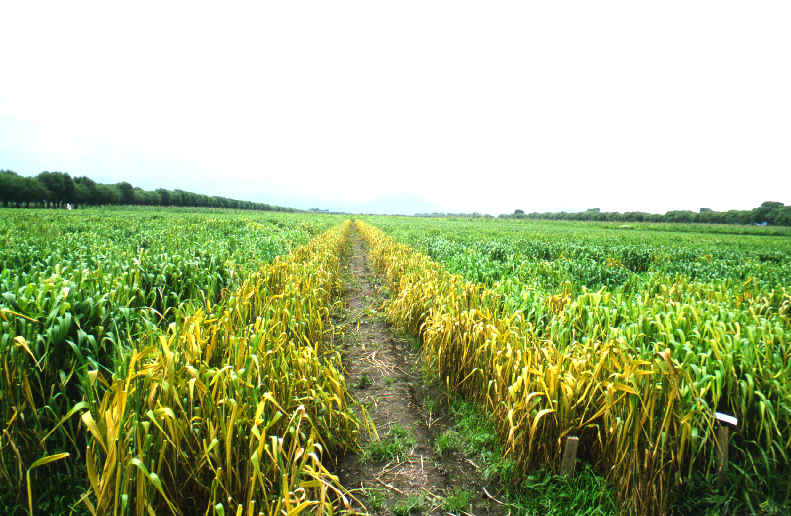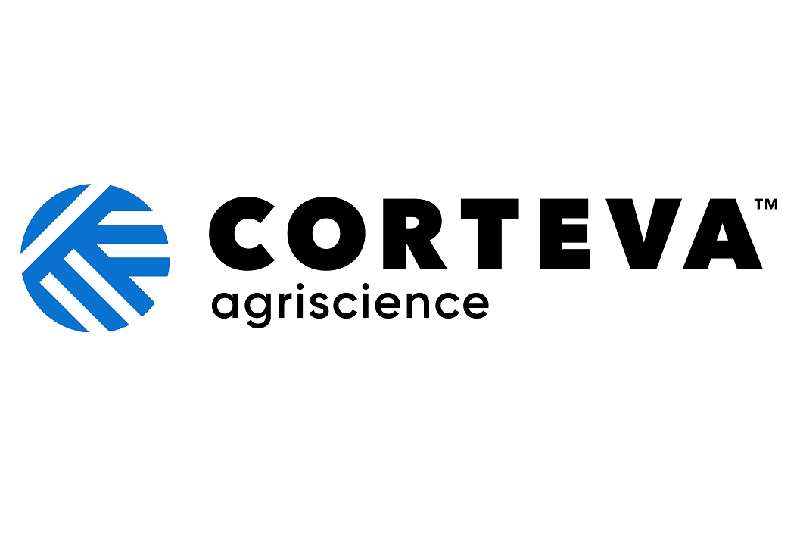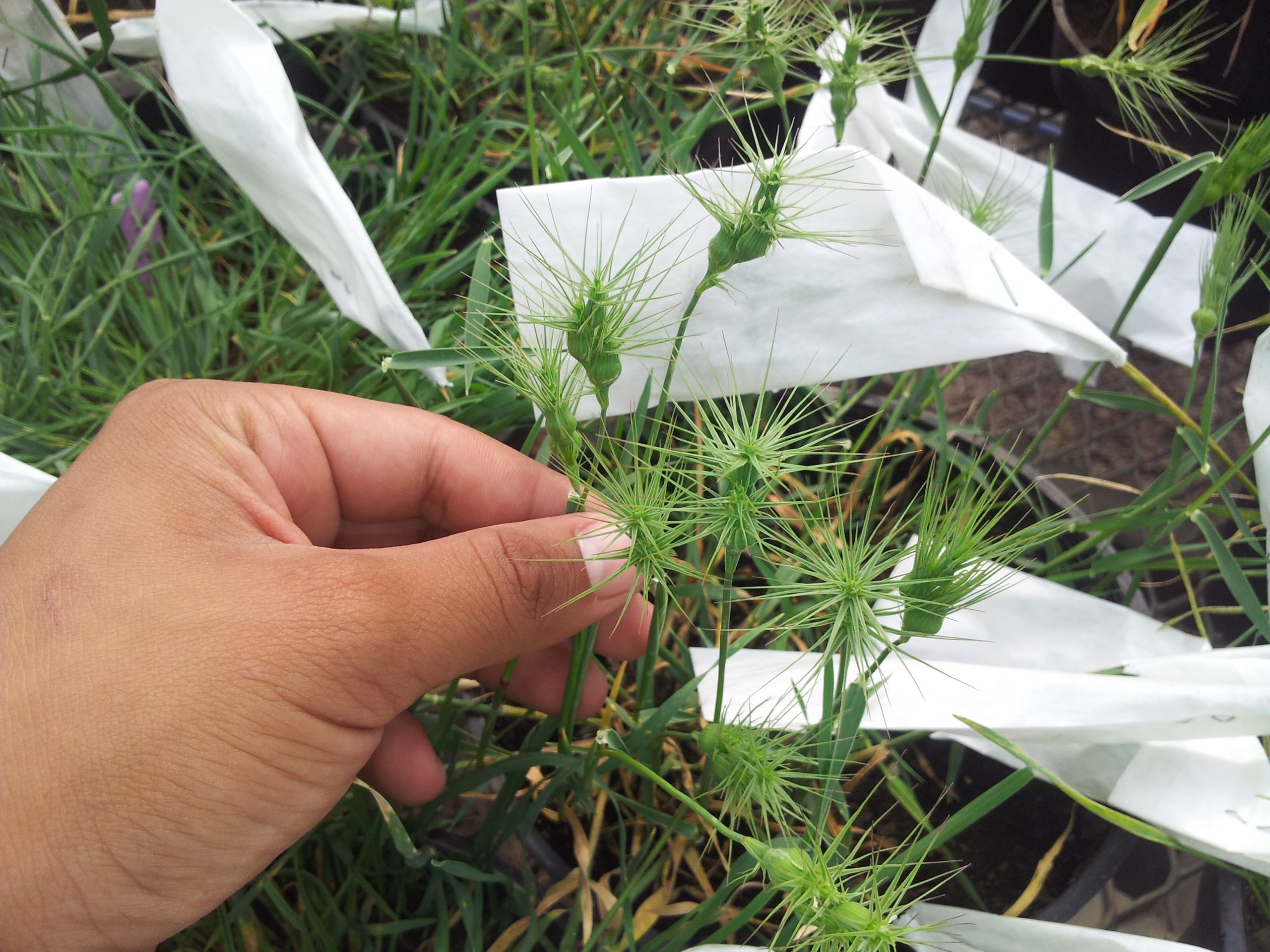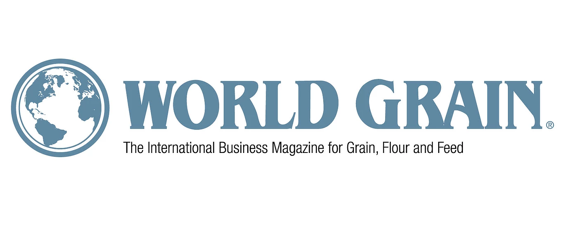Rust pathogens are the most ubiquitous fungal pathogens that continue to pose a serious threat to wheat production. The preferred strategy to combat these diseases is through breeding wheat varieties with genetic resistance.
Landraces are a treasure trove of trait diversity, offer an excellent choice for the incorporation of new traits into breeding germplasm, and serve as a reservoir of genetic variations that can be used to mitigate current and future food challenges. Improving selection efficiency can be achieved through broadening the genetic base through using germplasm pool with trait diversity derived from landraces.
In a recent study, researchers from the International Maize and Wheat Improvement Center (CIMMYT) used Afghan landrace KU3067 to unravel the genetic basis of resistance against Mexican races of leaf rust and stripe rust. The findings of this study not only showcase new genomic regions for rust resistance, but also are the first report of Lr67/Yr46 in landraces. This adult plant resistance (APR) gene confirms multi-pathogenic resistance to three rust diseases and to powdery mildew.
Using genotype sequencing and phenotyping, the authors also report an all-stage resistance gene for stripe rust on chromosome 7BL, temporarily designated as YrKU. The genetic dissection identified a total of six quantitative trait locus (QTL) conferring APR to leaf rust, and a further four QTL for stripe rust resistance.
Although use of landraces in wheat breeding has been practiced for a long time, it has been on a limited scale. This study represents a significant impact in breeding for biotic stresses, particularly in pest and disease resistance.
Read the full study here: Identification and Characterization of Resistance Loci to Wheat Leaf Rust and Stripe Rust in Afghan Landrace “KU3067”
Cover photo: Yellow rust screening takes place at a CIMMYT experimental station in Mexico. (Credit: Sridhar Bhavani/CIMMYT)


 Environmental health and biodiversity
Environmental health and biodiversity 
